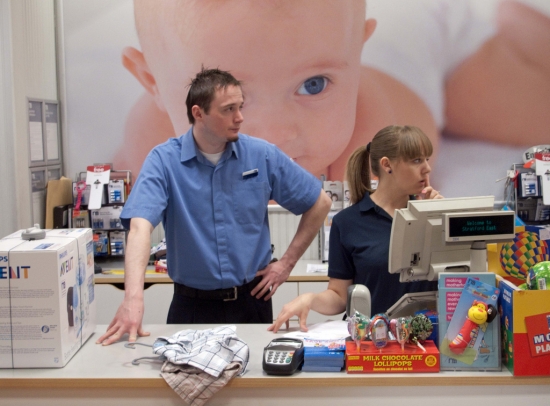Mothercare was once the store all new mothers in the UK relied upon to provide them with their every need, whether this was a pram, reasonably priced clothing or even just some advice. However, the boom of internet shopping and an increasing number of chains moving in on the “baby market” has caused the chain to struggle in recent years.

In fact this week the retailer, which owns both the Mothercare and Early Learning Centre brands, was forced to post yet another annual loss for the last financial year. While the pre-tax loss of £21.5 million in the 12 months to March 31st was a significant improvement on the previous year’s £103 million loss, the precarious economic situation and unwillingness of banks to lend means that a slight improvement is simply not enough to ensure security in today’s retail industry.
Chief executive Simon Calver, who took over as head of the brand last year, remains confident that the turnaround plan which is currently being implemented in the chain will yield eventual positive results.
He says; “The first year of any turnaround plan is challenging but we do see profit growth continuing this year and we’re happy with the consensus out there.”
As part of the group’s restructuring initiative, 56 stores closed in the UK last year, leaving 255 presently operational on the high street. However, the total store closure by the end of the scheme is expected to be 100, as Mr Calver believes that the group requires a commercial property network of only 200 stores in order to remain a national presence.
Fortunately, while UK sales dropped by 3.6 per cent during the financial year Mothercare’s international network managed to perform relatively admirably. Despite slight stagnation in the southern European market due to the ongoing impact of the Eurozone crisis, international like for like sales grew by 5.6 per cent, which experts claim was almost entirely responsible for the modest underlying group profit of £8.3 million.
It is estimated that sales made outside the UK now account for 60 per cent of Mothercare’s business transactions, as stiff competition within the UK has made it difficult for the chain to make any headway with consumers searching for a bargain.
Cantor analyst Kate Calvert does not believe that the turnaround plan will take any significant steps to save the business, and that its competitors will simply prove too strong for the group over time.
She says; “We remain unconvinced that the strategy will return the UK to profits in 2015 and believe the risk is not reflected in the valuation.
“Management is undertaking this brand repositioning in challenging markets where competition is fierce.”
Yet with 1,300 commercial properties internationally and a growing consumer base in emerging markets, there is a chance that Mothercare will manage to not only survive but thrive in future. While British high streets may lose yet another iconic brand, it is unlikely that the group will follow in the footsteps of Woolworths should its international presence continue to grow.
Do you think Mothercare should cut its losses in the UK and instead focus on markets in which it has a greater chance of success?
Previous Post
Morrisons Agrees Deal with Ocado